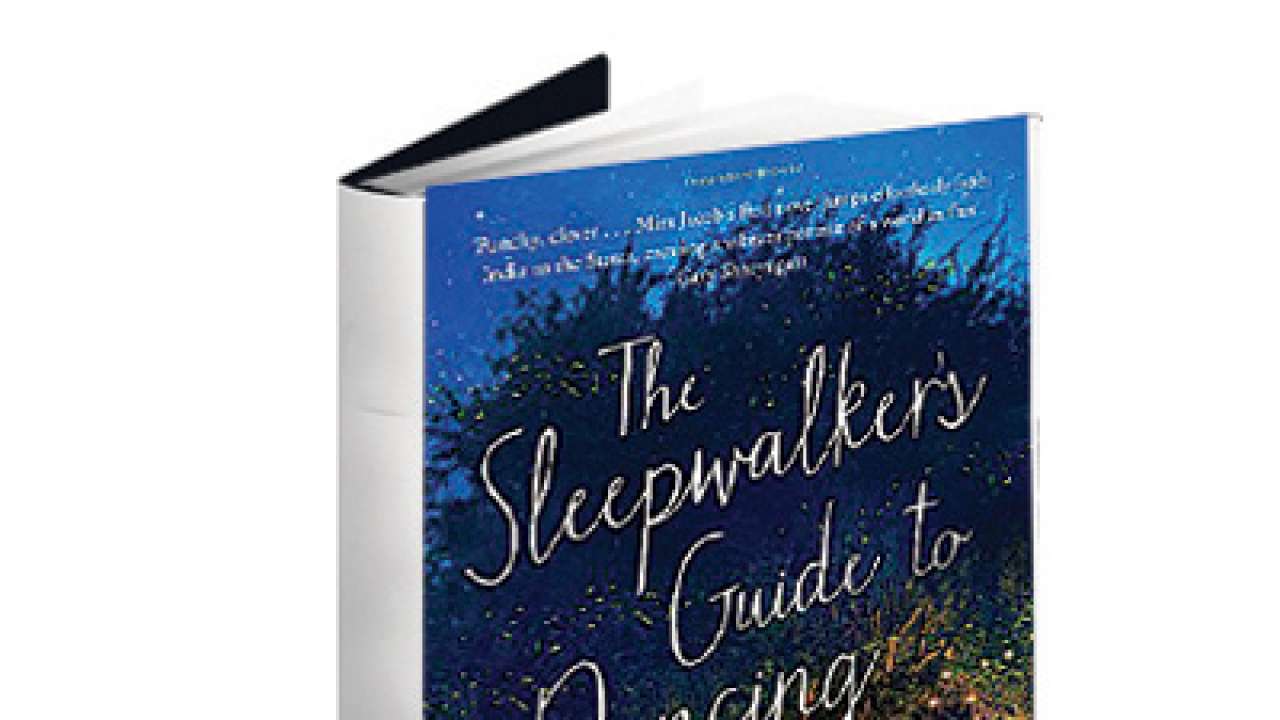
Book: The Sleepwalker’s Guide to Dancing
Author: Mira Jacob
Publisher: Bloomsbury
Pages: 512
Price: Rs 599
The Sleepwalker's Guide to Dancing, by Brooklyn, New York-based writer Mira Jacob, is sure to be recommended in reading lists that lifestyle glossies periodically put out, and make it to the bestsellers' list too. It is a gripping tale of love, loss and longing – universal emotions that most of us identify with. Besides, "immigrant literature" by the large south Asian diaspora has always been popular, and to add to this 500-page debut novel's appeal, it is an easy read.
The issues Jacob addresses, however, are hardly easy on the mind. Identity, the usual point of contention for an Indian abroad, is not what causes conflict here. What causes tumult in the lives of the characters are their brains – overworked, ill-employed, dysfunctional or cancerous. How the family deals with these forms the crux of the novel.
The novel revolves around the Syrian Christian Eapen family settled in New Mexico: the parents – Thomas and Kamala – and their children, son Akhil and daughter Amina. The family they leave behind in Kerala looms large over the novel, an uncomfortable presence, at first because they grudge the Eapens' their comfortable life abroad, and later, as memories of the dead come visiting and point to deeper, more worrying secrets.
Throughout, the characters are obsessed with what goes on in others' heads. While Thomas is a brain surgeon, his daughter Amina, a photojournalist in Seattle, is dealing with the guilt of having photographed a man plunging to his death. Her brother Akhil, on the other hand, is a mass of nervous energy and suffers from a neurological disorder called narcolepsy. Lastly, Kamala is a Born Again Christian, trying to align her existence as closely to religious tenets as she can. For the Eapen family, support comes from other Indian families that stay close by and add richness to each other's lives.
Jacob is clever at handling characters. She treats the emotional turmoil in the Eapens' lives deftly, excels in making the mundane appear magical, and moves the reader without letting the book become a tearjerker. Jacob also has a wonderfully enjoyable sense of humour, evident in the characterisation, dialogue and plot situations. She leans on laughter even at the most trying turns in the story without allowing the levity to take away from the fluidity of the narration.
What does get in the way of an otherwise-engaging book, however, are Jacob's attempts to do too much with one book. The structure of the book, going back and forth in time, for instance, doesn't help the story either. Also, there are just too many tragedies that set off other tragedies and events. Jacob's language, too, seems forced; at times, she seems to be indulging herself with a fine-sounding turn of phrase, a simile or metaphor that doesn't quite fit.
In the end, however, everything works out fine – Amina finds true love and might even bond better with her mother by staying back in Albuquerque, and Thomas dies in peace talking to his long-dead son. The family friends are in the frame too, helping around.
Which brings me to the title of the book – The Sleepwalker's Guide to Dancing. The only sleepwalker dancing in the story is Thomas's brother Sunil. And he's hardly a fully-formed character. Jacob does try to make his shadow loom over the plot, but fails.
Perhaps, readers out to take a cue from the following passage in how they consider this book: "I mean, if you're really plunging – you said plunging, right? – into this book, then tethering yourself into every single guidepost along the way isn't really going to happen."
dnasunday@dnaindia.net